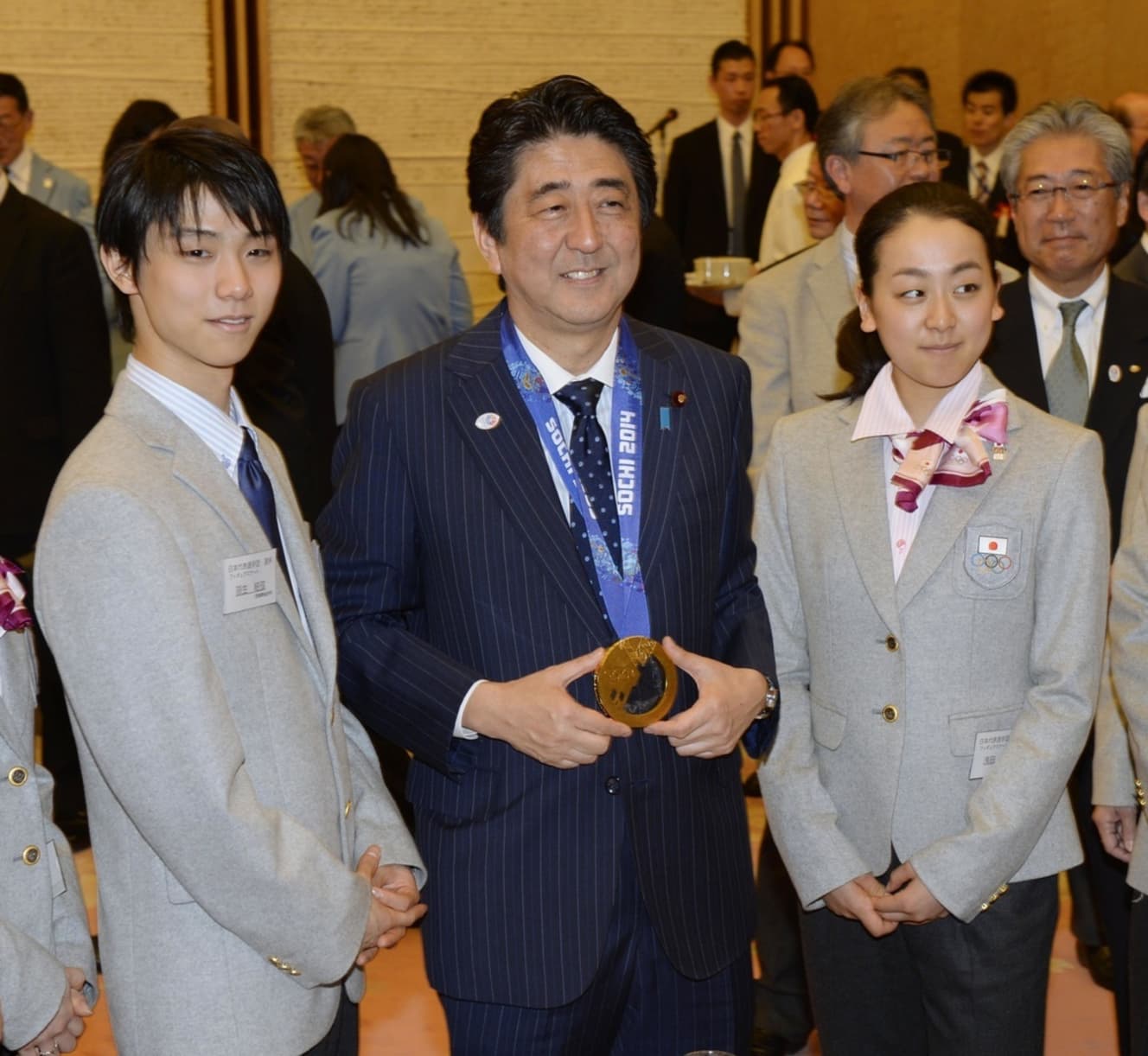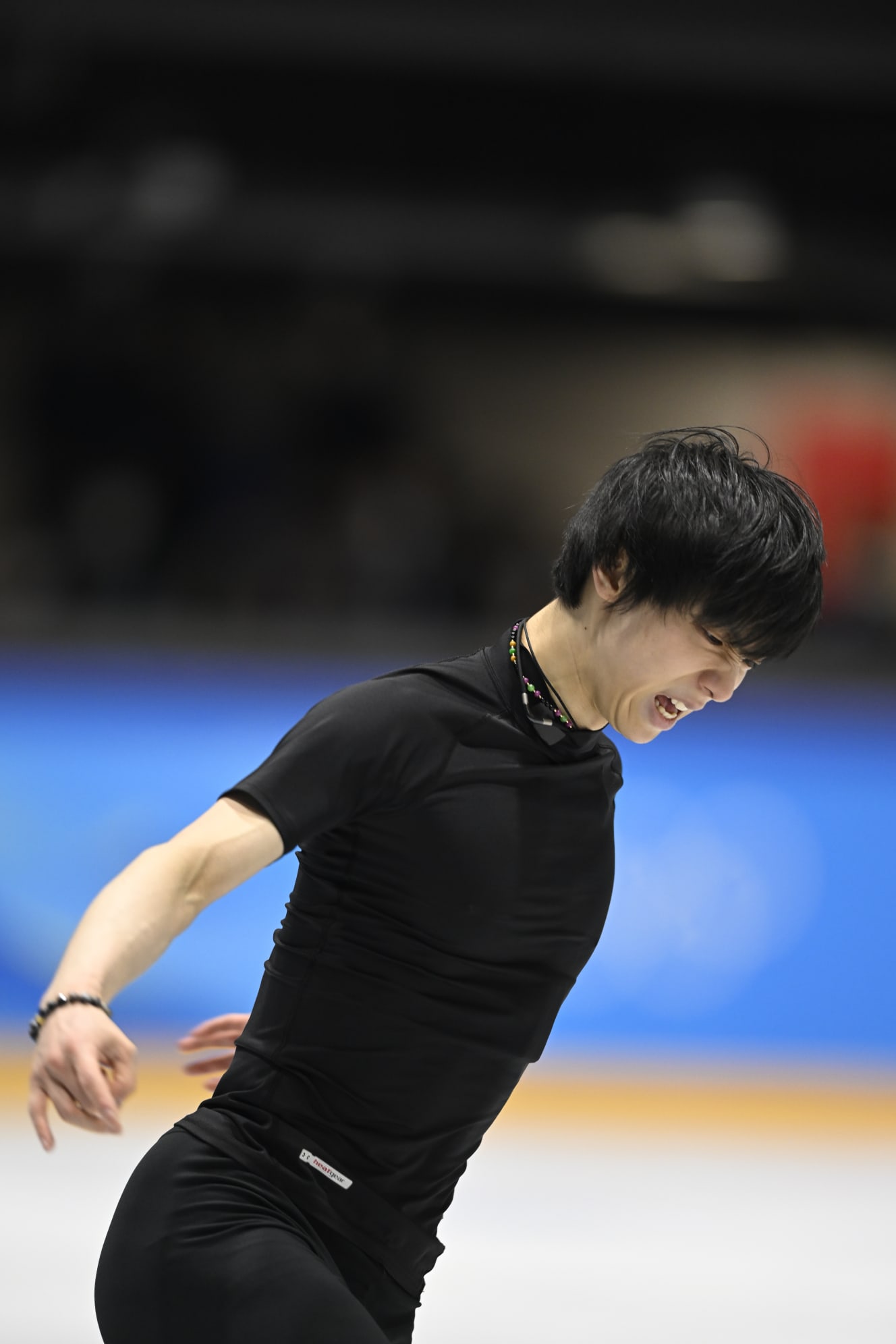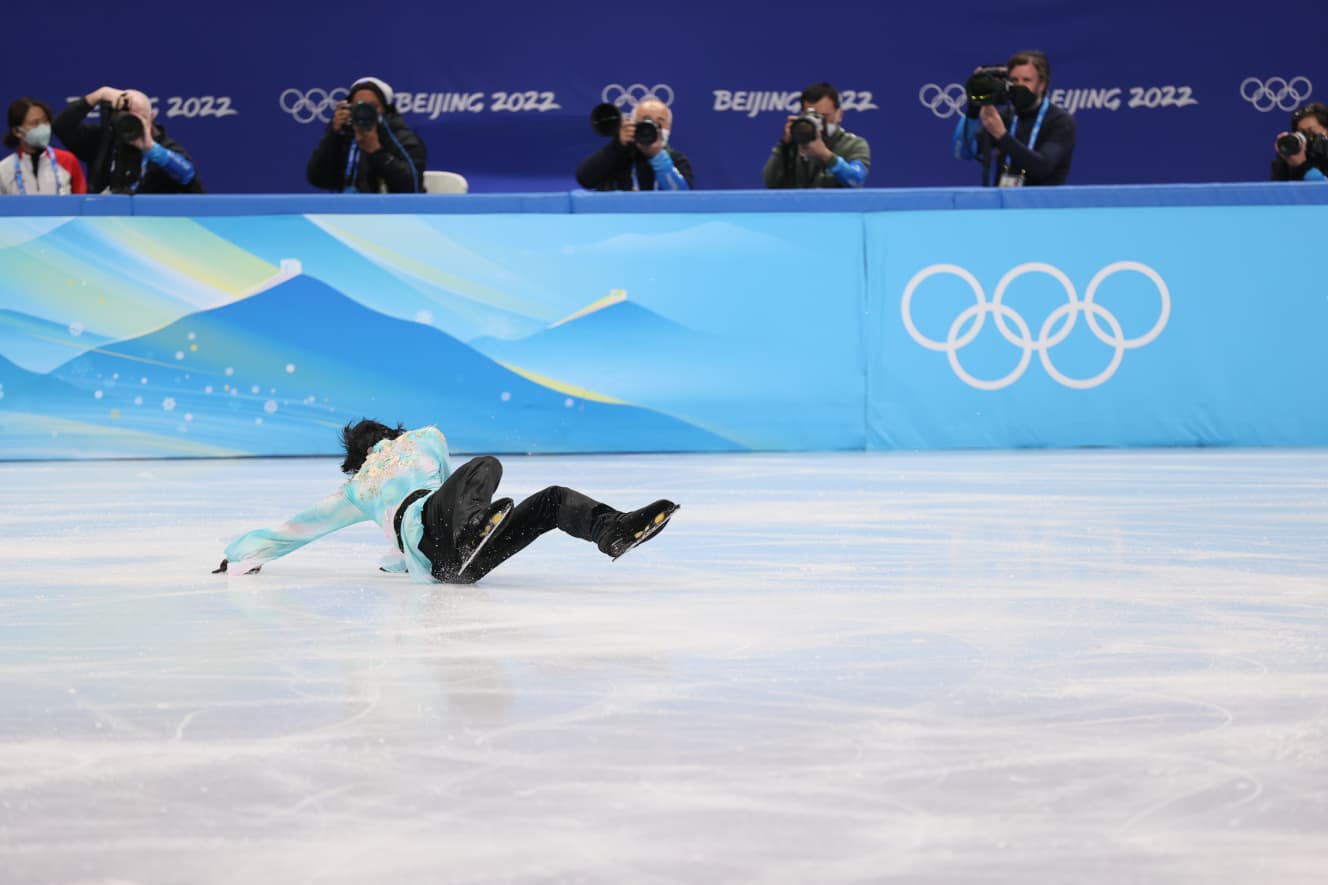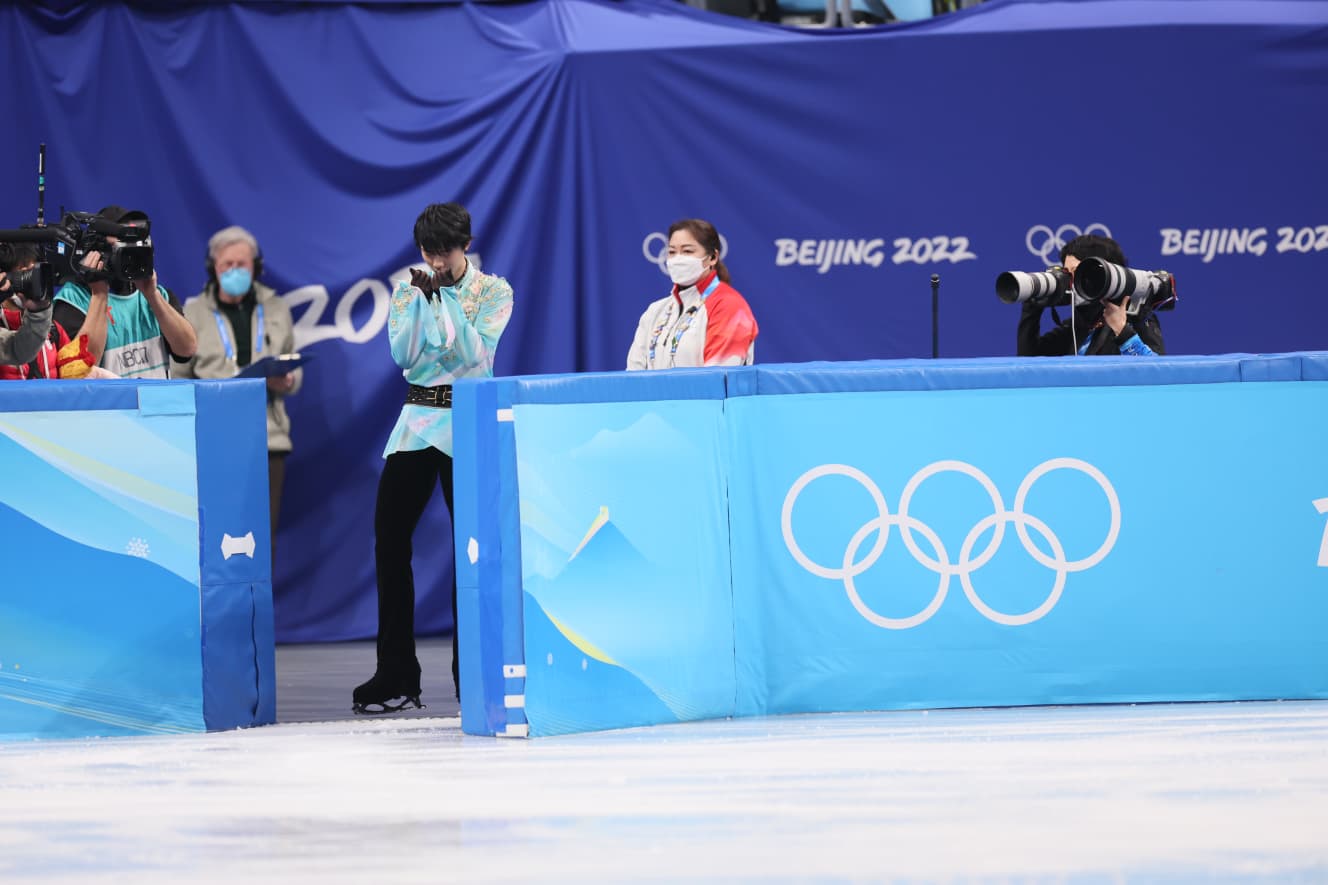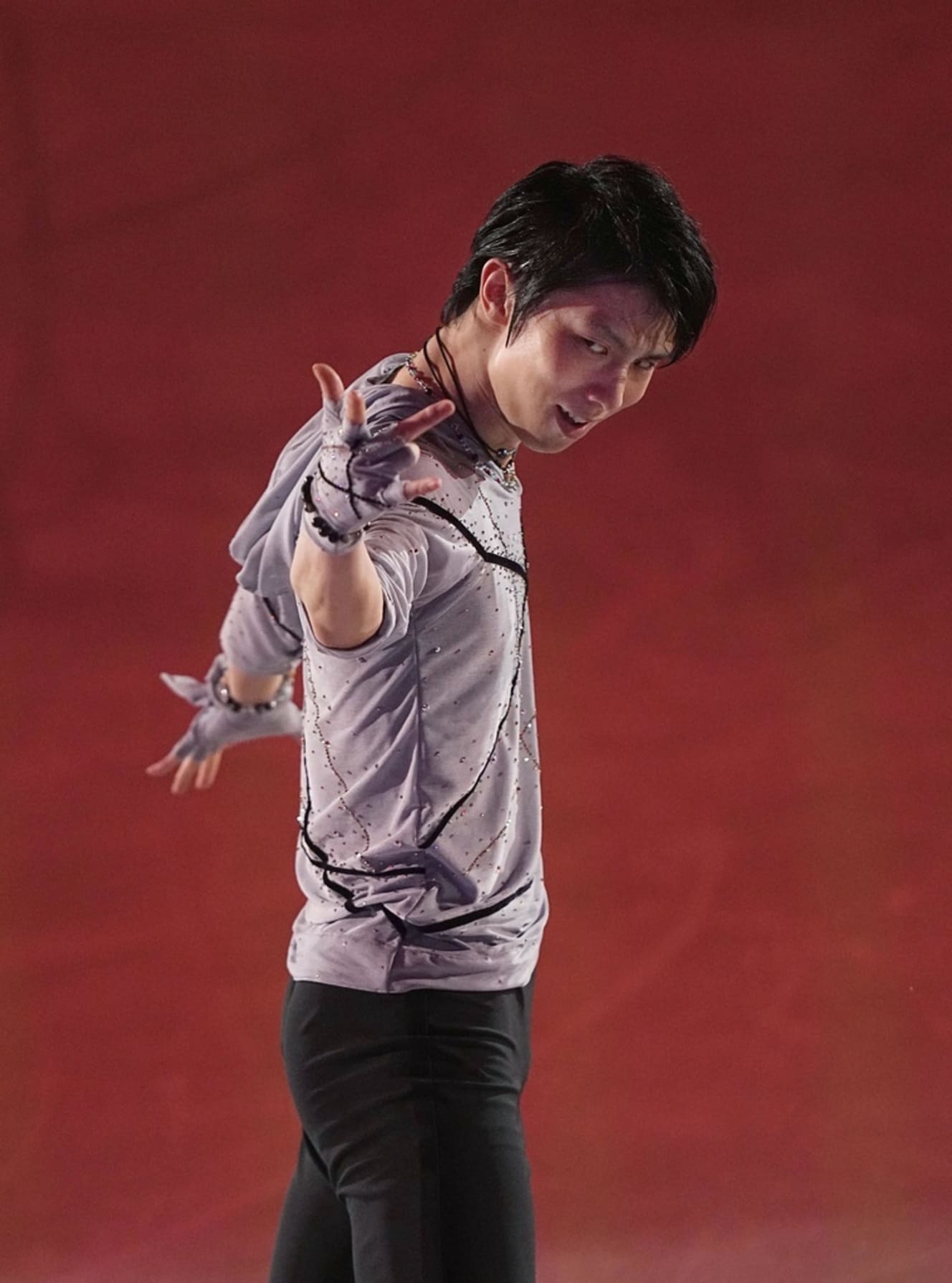A Breakdown of National Figure Skater Yuzuru Hanyu’s “Insufficient” Net Worth
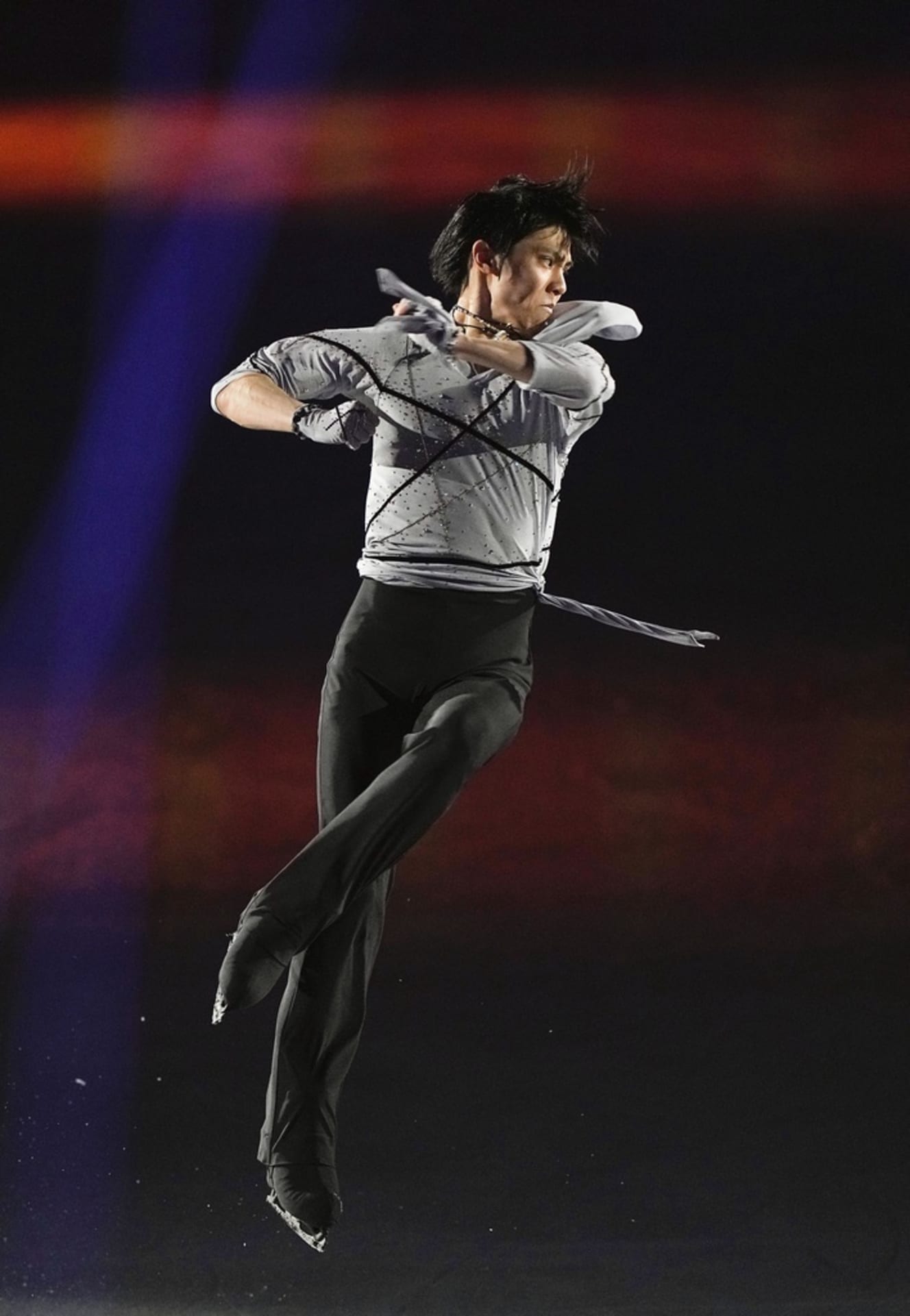
“I will do my best, so please look forward to it.”
On the first day of the performance on May 27, Hanyu performed with popular singer Suga Shikao, who wrote SMAP’s first million-selling song “Yozora no Mukou”. With Suga Shikao’s live performance of “Real Face” the debut song of “KAT-TUN,” he easily landed a quadruple toe loop and a triple axel (a triple jump and a half) perfectly to meet the fans’ expectations.
Many figure skaters reach a turning point in their careers at the Olympics, and Hanyu’s departure was closely watched after he failed to win his third consecutive Olympic gold medal at the Beijing Olympics in February, finishing in fourth place for the first time in 94 years. His statement, which could be taken either way, said that he would continue to skate as an amateur or turn pro. This added to the attention he was receiving.
Hanyu is the world’s top skater, but he is not a professional. It is because he is an amateur that he has competed in three Olympics so far, and all kinds of legends have been created.
The main sources of income for figure skaters who have not declared themselves professionals are as follows.
(1) Subsidies from associations, federations, etc., as specially designated athletes
(2) Exclusive contract fees (in Hanyu’s case, ANA)
(3) Prize money from competitions (Olympics, World Championships, Grand Prix (GP) Series)
(4) TV and commercial appearance fees
(5) Royalties from photo books and publications
(6) Ice show guarantees
In April, two months after the Beijing Olympics closed, the Japan Skating Federation approved Hanyu as a Specially Designated Athlete for the 2022 season.
“The JSF has designated athletes other than those who have announced their intention to retire,” said Yosuke Takeuchi, director of the Japan Skating Federation’s Training Department.
Hanyu was recommended by the Japan Skating Federation and will receive an annual subsidy of 2.4 million yen from the Japan Sports Promotion Fund. In addition to the grant, he also received a “Subsidy for Athlete and Coach Study Activities” from the Japan Football Lottery (toto) when he was based overseas prior to the COVID-19 crisis. This was paid to athletes and leaders working abroad and amounted to approximately 3 million yen over a six-month period, but Hanyu has not received this 3 million yen since F.Y. 2020, partly because he returned to his base in Japan due to the COVID-19 crisis. Thus, Hanyu’s current fixed costs are 2.4 million (see (1)).
Hanyu has also had an exclusive contract with ANA since 2013, but the contract fee (2) is said to be a contract with a large range in amount depending on the season’s performance and social conditions. A sports newspaper reporter analyzed the situation as follows.
“Before the Tokyo Olympics, when swimmer Daiya Seto, who was expected to win the gold medal, had his contract with ANA terminated due to personal problems, it came to light that he received an estimated 100 million yen per year in compensation. In Hanyu’s case, even in good times, it was less than half of that amount, but even so, I heard that Hanyu himself said, “I am grateful” and kept his contract.”
“Now that ANA has been hit hard as a company by the COVID-19 crisis, it may not be able to pay the peak amount. Since the contracts with other athletes and teams that they had signed before are not being renewed, I think the current contract with Hanyu is tens of millions of yen.”
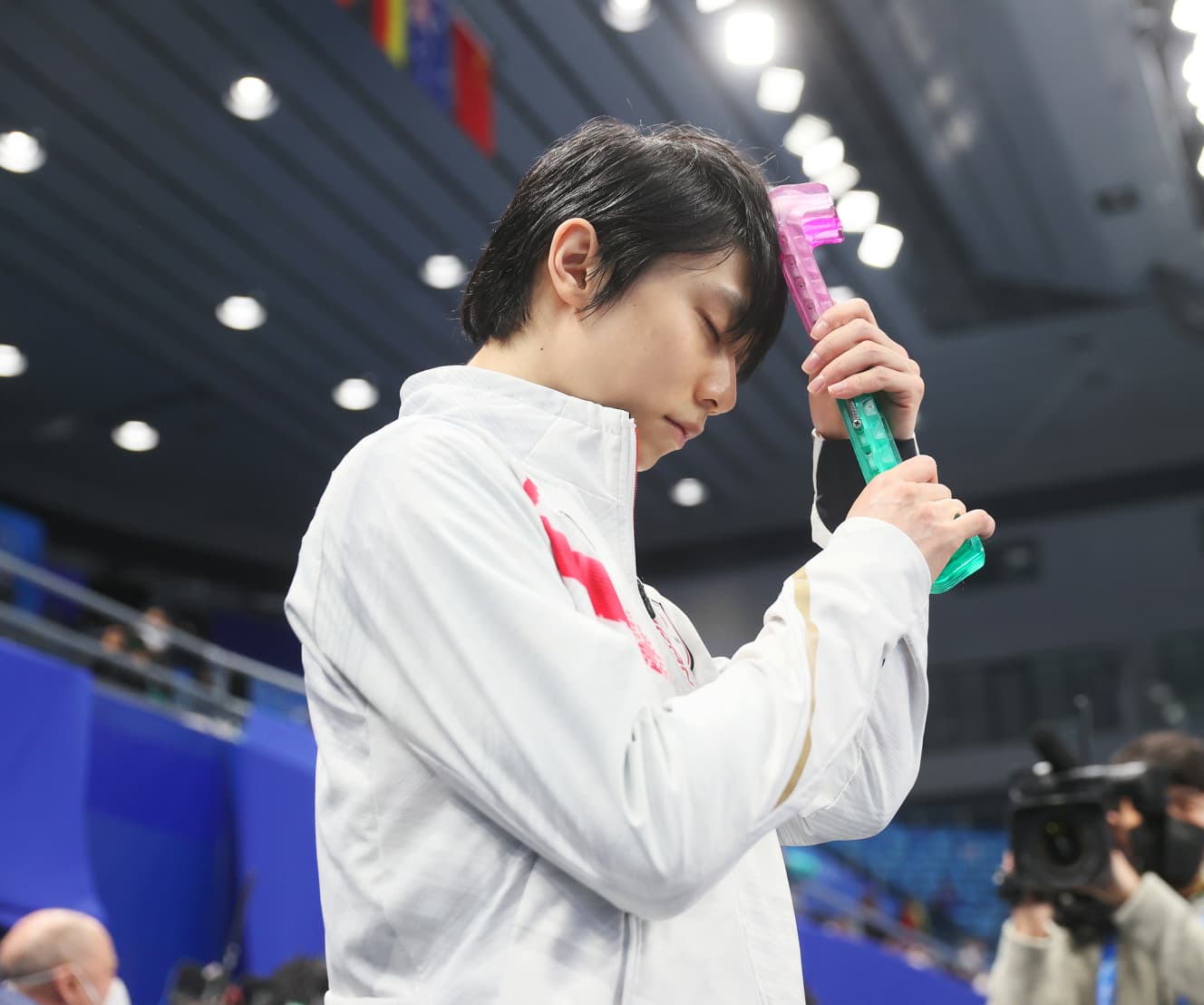
Figure skating, however, is expensive. It is said that the cost of shoes for a top-class skater is 300,000 to 500,000 yen per year. If a skater has a world-renowned coach, he or she will usually negotiate a one-year contract with a minimum annual fee of 10 million yen. Adding the cost of costumes and the use of the rink to this, at the very least, a top-class figure skater in Japan would have to spend close to 20 million yen a year to compete in a season.
If you want to cover 20 million yen in annual expenses, the fixed cost of 2.4 million yen is not enough. Even if you win all five of the four major competitions (World Championships, GP Series, GP Finals, and Four Continental Championships) where there is prize money, you would only have 5.68 million yen in fixed costs after deducting expenses. It is extremely difficult to win all the competitions, and the reality is that even for an athlete of Hanyu’s level, the prize money alone would be “in the red”. Considering that Hanyu is one of Japan’s leading athletes, this is insufficient.
Therefore, they would like to rely on an increase in the exclusive contract fee (2) from ANA, commercials, sponsorship fees, and publication royalties, but the amount of money varies greatly depending on the success of the season and the social situation. Before the Beijing Olympics, Chinese-language editions of his autobiography were sold locally and piled up, but it is unknown how much of the royalties will be Hanyu’s income.
Incidentally, Shohei Otani, who is the same age as Hanyu and is active in the major leagues, has an annual salary of $5.5 million (about 710 million yen) this season. It is impossible that Ohtani would risk incurring a deficit after deducting expenses incurred in the course of his baseball career. This shows how Hanyu has been competing in a difficult financial situation.
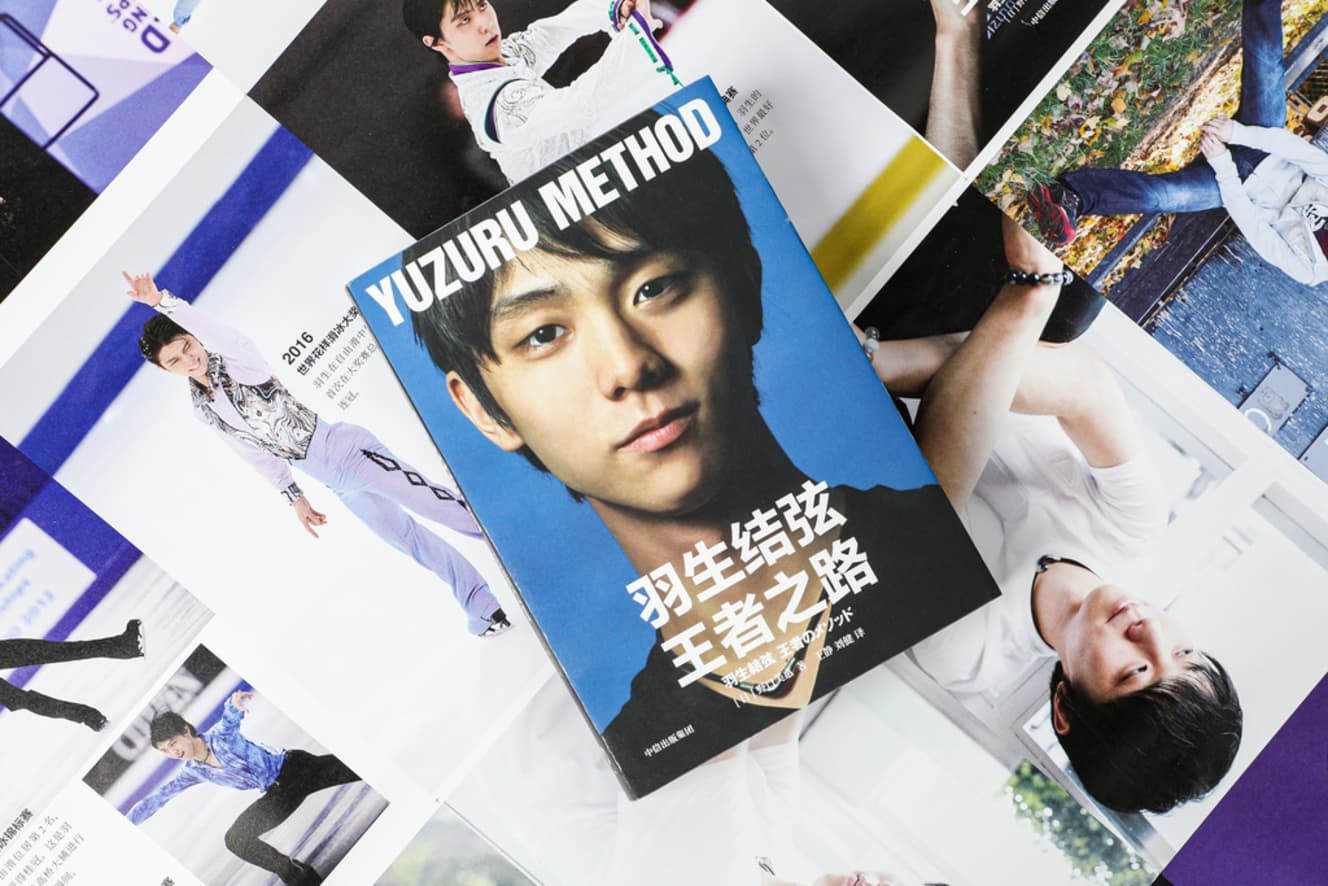
However, it is the Japan Skating Federation (JSF) that is really thinking, “If possible, we don’t want them to do that”. The reason is that for the federation, there is a system in place to receive money just for Hanyu’s presence.
The ” Regulations for Handling Prize Money, etc.” in the federation’s constitution is proof of this. There are very detailed rules for money received by athletes in the form of prize money from competitions, performance fees, contracts, licensing fees, and so on. The Federation’s permission is also required for commercials and TV appearances, and prior consultation with the Federation is a prerequisite for signing a contract with a management company. Until around 2017, when Mao Asada declared her professional status. Hanyu and Asada had been bringing in money for the federation, but it is clear that if Hanyu’s amateur status is removed, the federation will lose a major source of income.
The reason why Hanyu, who is still undecided about his future, decided to appear at FaOI this time, is probably not unrelated to the 2 million yen per show fee. It is said that ice shows in Japan are nearly twice as expensive as those in Europe and the United States. That is why the world’s top skaters have come to FaOI. Hanyu, who is scheduled to perform 12 shows this time, will receive 24 million yen, according to a desk calculation. Still, it can be said that he has barely managed to raise enough money to cover his annual expenses to continue figure skating.
Will he continue his active career as an amateur or declare himself a professional? After the Beijing Olympics, Hanyu stated.
“Either way, I’d like to continue skating in such a way that when people watch my performances, they will think, “I really like Yuzuru Hanyu’s skating.””
Even if his position changes, there is no doubt that Yuzuru Hanyu will keep his one and only enthusiasm.
